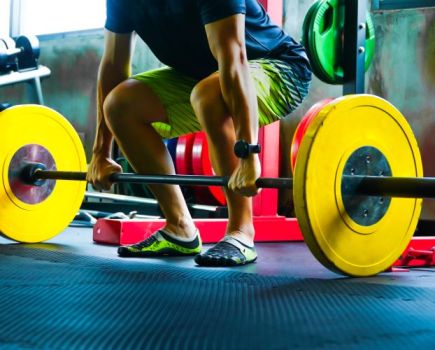You might have mastered the cardio warm-up, but do you know about the best cool-down routine for runners?
Running is an amazing form of cardiovascular exercise. It can help you stay fit, build your endurance, strengthen muscles and bones, and burn excess body fat. You don’t need much kit, either – just running shoes, a top, and the best running shorts. But it’s not perfect – its high-impact nature means it’s tougher on your body compared to other forms of cardio. In turn, that means that a proper warm-up and the best cool-down routine is highly necessary for regular runners. Plus, unlike commuting by bike, it’s harder to incorporate into your day-to-day routine.
In reality, it’s often a case of squeezing a run into our already time-poor lives – particularly when juggling around work or family commitments. In these situations, it can be tempting to neglect either side of a run. Often, we skip the warm-up or cool-down and just focus on the session itself. But the experts will always take issue with this, particularly in reference to the cool-down. To explain all, we’ve enlisted the advice of professional running coach, Nick Hancock.
Meet the expert
Nick Hancock is a professional UESCA-certified running coach and co-founder of Maximum Miles Coaching. He has competed in all disciplines from 5K to ultramarathon, and has picked up a healthy tally of race wins and podiums along the way.
“The biggest ‘don’t’ is not doing a cool-down,” Nick says. “If one of my athletes is short on time doing an interval session, I’d rather they cut a couple of intervals out than skip the cool-down.”
He adds that there are multiple issues with not cooling down properly. “We increase the risk of muscle stiffness and soreness by skipping the cool-down. Quite typical with runners are things around your ankles, Achilles, calves, and hamstrings. The other danger of neglecting a cool-down, particularly after running outside in cold weather, is that you run the risk of hypothermia.”
Below, Hancock shares the benefits of cooling down, as well as a step-by-step guide to the best cool-down routine for runners that the industry has up its sleeve.
Benefits of a cool-down after running
“One of the main benefits is that when we are running our core body temperature is raised,” Nick says. “If you don’t steadily bring that core body temperature down, particularly in cold conditions, you can kind of shock the system and become hyperthermic.
“Also going from having quite warm muscles to stopping completely, your muscles are just going to get cold very quickly. You want to bring that temperature down gradually to not increase the risk of injury.”
The best cool-down routine for runners
“A fairly typical cool-down that I’ll have an athlete do is 10-15 minutes gentle jogging – that easy-paced effort to bring the heart rate down to at least what it would be on your easy runs. If your heart rate is still raised, either keep cooling down or slow down.”
He notes that the intensity of the session will determine the length. “If it’s an easy run, you probably don’t need to cool down in terms of running more. If it’s been something quite hard, it’s probably going to need 15 minutes worth of cool-down.”
Hancock’s cool-down isn’t limited to easing off the intensity of a run, though. “Refuelling as soon as possible with something rich in carbohydrates is a good thing to do. The whole anabolic window when it comes to protein intake has kind of been debunked over the last few years – as long as you’re getting enough protein throughout the day, you don’t need to panic about getting protein in straight away. But carbohydrates are a different story. Carbohydrate and glycogen reabsorption is at its highest within the first 20-40 minutes after a run, particularly a hard one. Also replenishing those lost fluids through rehydrating is key.”
While he isn’t the biggest advocate of stretching, Nick says that if you are going to do a post-run stretching routine, then don’t overdo it. “If somebody is going to do stretching, then keep it dynamic – it’s more mobilization movements rather than trying to stretch your hamstrings out for five minutes.”







